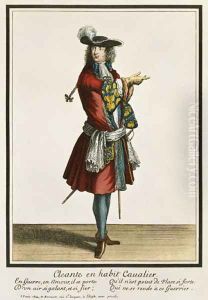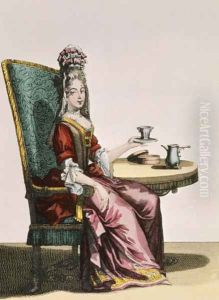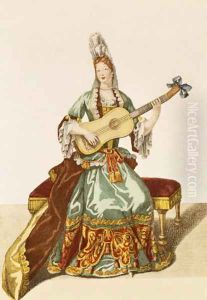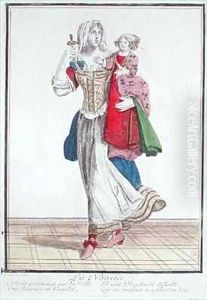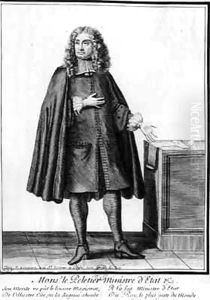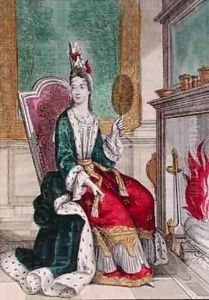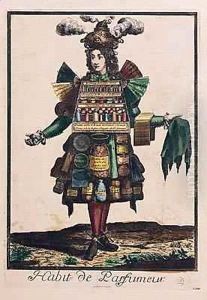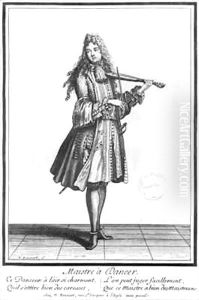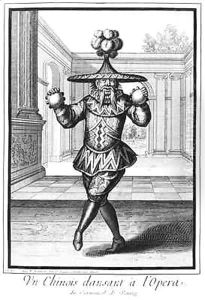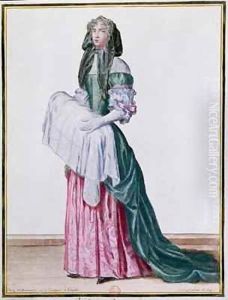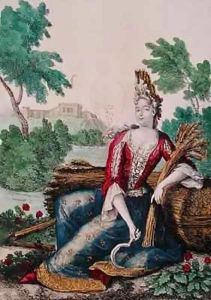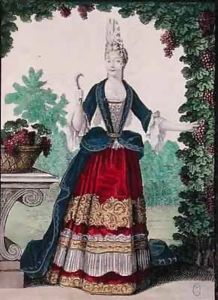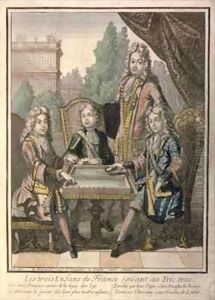Nicolas Bonnart Paintings
Nicolas Bonnart was a prominent French engraver, illustrator, and printmaker, born around 1637, in a period rich with artistic fervor in France. He hailed from a well-known family of artists and publishers, which played a significant role in his career and development as an artist. The Bonnart family, including his brother Robert Bonnart and other relatives, were influential in the world of printmaking and publishing in 17th-century Paris, a hub for European art and culture at the time.
Nicolas Bonnart's work is notable for its detailed and often humorous portrayal of contemporary French fashion and society. He was particularly adept at creating series of prints that depicted the latest trends in clothing and hairstyles, which served as both a reflection of and an influence on the fashion of his time. Bonnart's prints were not only sought after for their artistic merit but also for their role as fashion plates that communicated the latest styles to a broader audience. This made him an integral part of the fashion industry in France, influencing both the public's taste and the broader European perception of French style.
Beyond fashion, Bonnart also produced a wide range of subjects including portraits, allegorical scenes, and genre scenes, displaying a versatility and depth in his work. His engravings were characterized by fine detail, clear composition, and a keen eye for character and satire. Through his prints, Bonnart captured the social mores and the spirit of the era, making his work an important documentary resource for understanding 17th-century French society.
Nicolas Bonnart's contributions to the art of printmaking and his influence on French fashion and culture were significant during his lifetime and remain notable in the history of art. His death in 1718 marked the end of an era for the Bonnart family legacy in the arts, but his body of work continues to be celebrated for its artistic and historical value.
